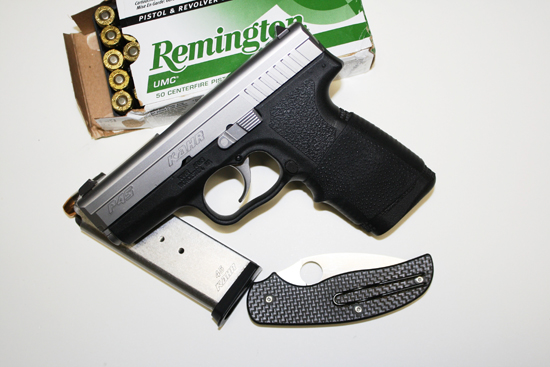
Gun Digest reviews the Kahr P45 pistol and discovers it's perfect as a concealed carry handgun. Read this Kahr P45 review to find out why.
Chambered for the potent .45 ACP, the Kahr P45 and its variations, the PT45 and CW45, are very good striker-fired handguns. The Kahr P45 has a polymer frame that is textured all around the grip for a firm hold that grips well even in the damp Pacific Northwest, where my co-worker Thomas McKiddie makes his home. He has a Kahr P45 and he raves about it.
Despite having fired a fair number of Kahr semi-automatic pistols over the years, I have never owned one. This is no reflection on my high opinion of these pistols. After all, if I owned every neat pistol I’ve ever shot, there wouldn’t be enough room in my house for me.
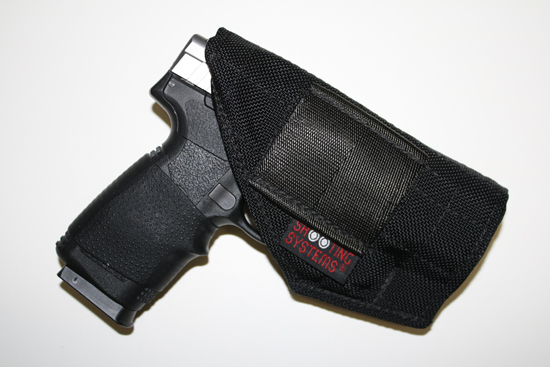
Kahr P45: Built for Concealed Carry
Carried in a Shooting Systems rugged nylon holster, the Kahr P45 tucks away under his vest or sweater and is completely undetectable. With six rounds of JHP ammunition in the magazine and another round up the spout, this is a pistol that anybody could develop a serious affection for. Toss in a couple of spare magazines and a good holster, and you’ve got an emergency survival system that is ready to go.
To fit his larger hand, McKiddie added a Pachmayr Grip Glove to the pistol, and when I wrapped my palm around it, the gun felt fine. On the previous day, I sampled a PT45 just down the street from our office at a gun shop, and even without the added band, this pistol frame felt fine. Kahr .45-caliber pistols are very manageable, and I have yet to see one that doesn’t put bullets where they are aimed, provided you do your part.
The Kahr P45 Just Keeps Going and Going
If one wants to test the service life of a Kahr pistol, the best thing to do is visit the local indoor gun range where Kahr pistols are available to rent. In terms of a torture test, nothing else comes close to day after day of use by a variety of shooters. Some may shoot slow and deliberate, others might just empty a magazine to see how fast they can shoot. Under those conditions, magazines fail and pistols fail. I have seen Kahr pistols with thousands of rounds through them, and they keep on shooting. That’s a pretty good track record.
Kahr P45 Specs
The Kahr P45's polymer frame is steel reinforced and the rail-to-rail fit seems very snug. Slightly smaller than my Colt Commander, and noticeably lighter, the Kahr P45 has a 3.54-inch barrel that features polygonal rifling with a 1:16.38-inch right-hand twist. The OAL is 6.07 inches, and it has a locking breech and Browning-style recoil lug.
That polygonal rifling certainly contributes to the Kahr P45's accuracy. Of course, Kahr is not the only manufacturer to use this kind of rifling. It’s what made the H&K P7 a winner and it certainly delivers in Glock pistols.
Kahr’s pistol has a passive striker block, and there is no magazine disconnect, so the user, as with any pistol, must be sure to clear the chamber after pulling the magazine. This is common practice to insure there will not be a negligent discharge.

Fitted with drift-adjustable, white bar-dot combat sights, the Kahr P45 is slightly over an inch wide at its widest point, and it weighs 18.5 ounces. The empty stainless steel magazine weighs two ounces—a comfortable weight for a carry piece. Having packed heavier guns for eight to nine hours at a time, had someone handed me a lightweight like the Kahr P45, I’d have been a happy camper.
Kahr P45 Popularity
Kahr pistols have gotten increasingly popular over the years for being compact and lightweight, as well as accurate. Because the Kahr P45 takes a single stack magazine, the grip frame can be narrowed (which accounts for McKiddie’s addition of the Pachmayr Grip Glove). They’re also a bit more affordable than some of the competition, and with a stainless steel slide and barrel, this half-polymer handgun is virtually impervious to changing weather conditions.
With more than 6.2 million Americans legally carrying concealed in all but one state, the demand for good pistols that have plenty of stopping power without the weight of an anchor is steadily increasing. Kahr is certainly helping to answer the demand, having started off with pistols in .380 ACP and 9mm, building a very good reputation along the way.
Now with models in .40 S&W and .45 ACP, Kahr has all the bases covered rather well, and the P45 is right at the top of that heap. It sends a big bullet with lots of frontal mass downrange at a threat-stopping velocity. If that doesn’t take care of business, I don’t know what will.

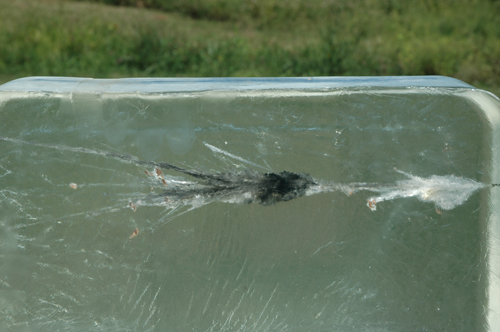
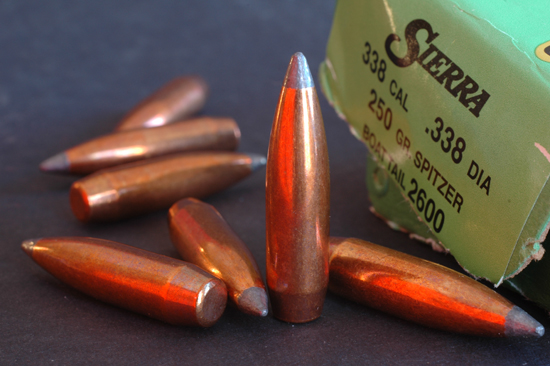


 At a recent meeting, councilors voted to repeal the original concealed carry ban ordinance and to allow the practice in these public places.
At a recent meeting, councilors voted to repeal the original concealed carry ban ordinance and to allow the practice in these public places.





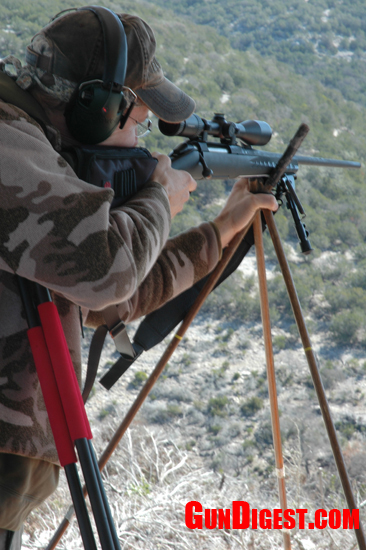
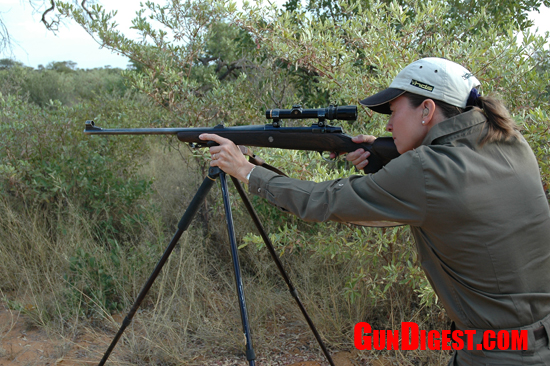
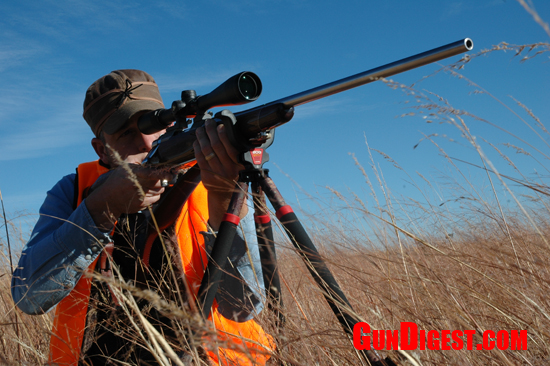
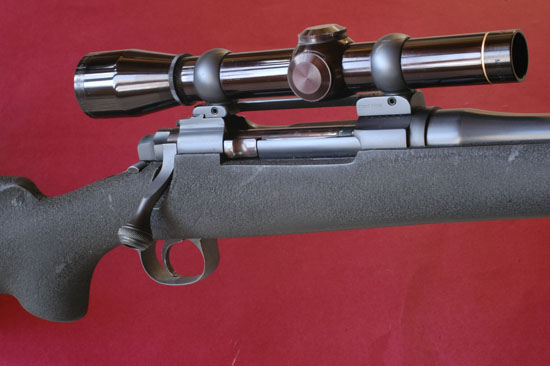
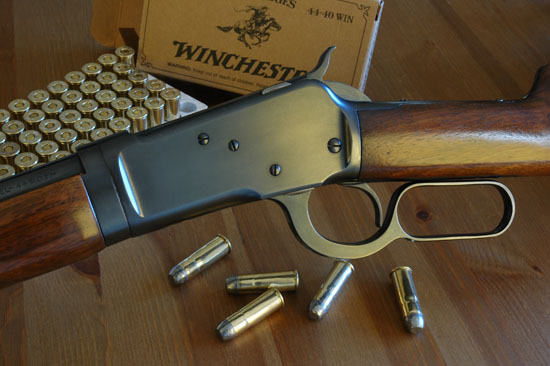

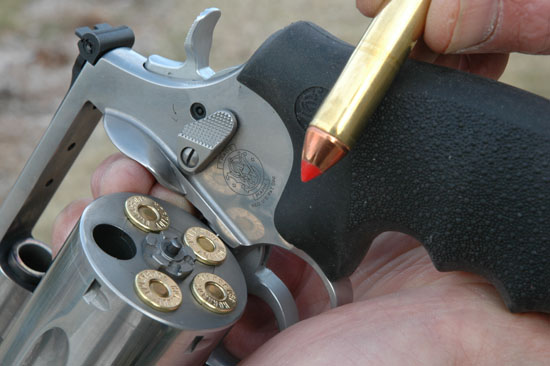

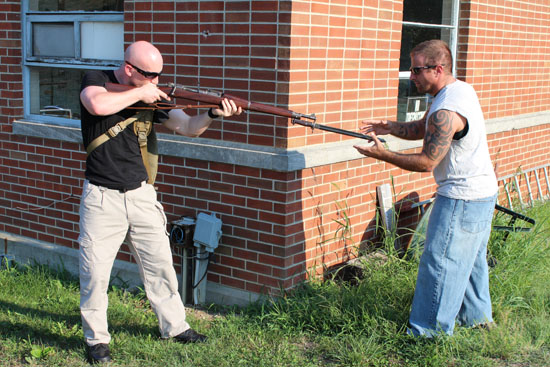


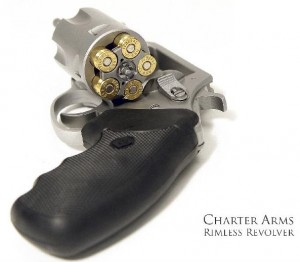
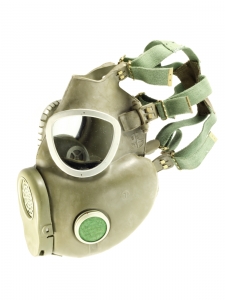


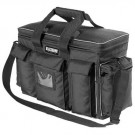

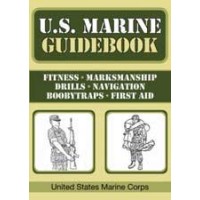

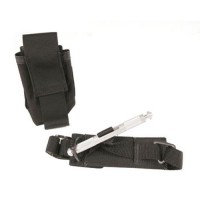


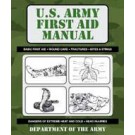
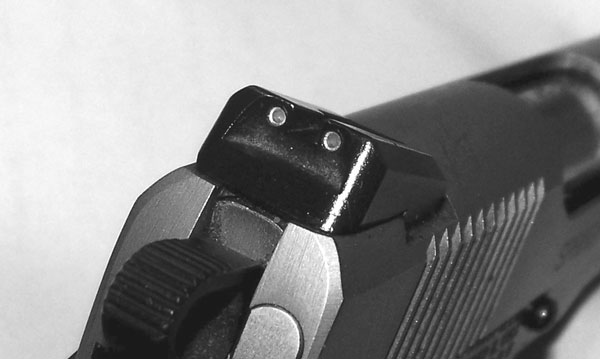
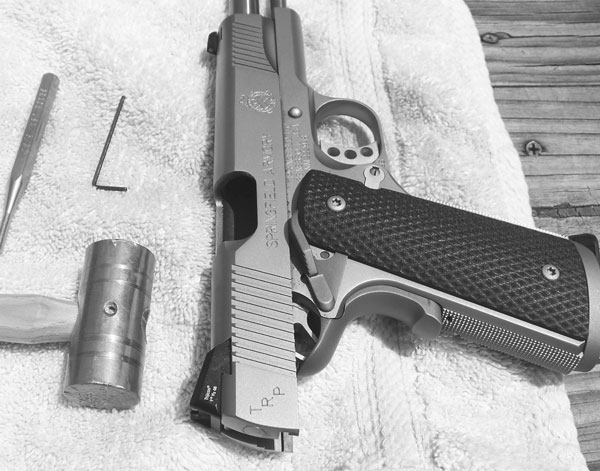
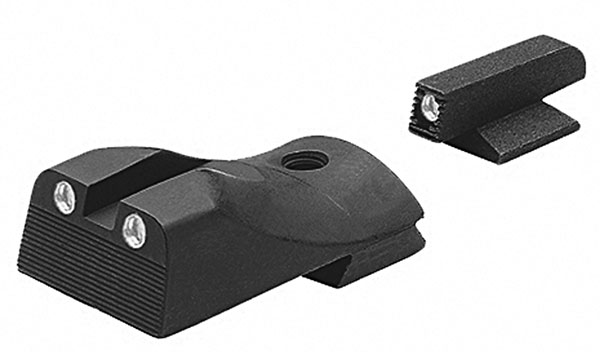


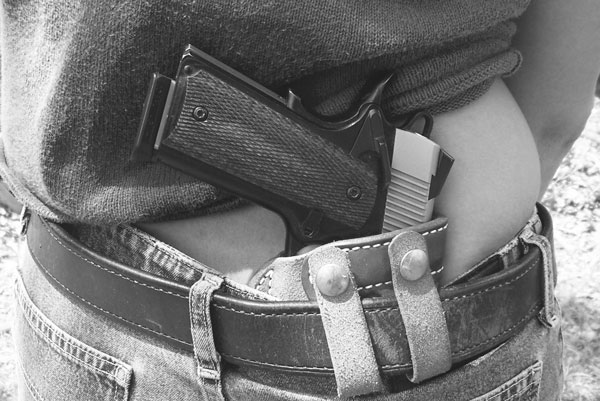
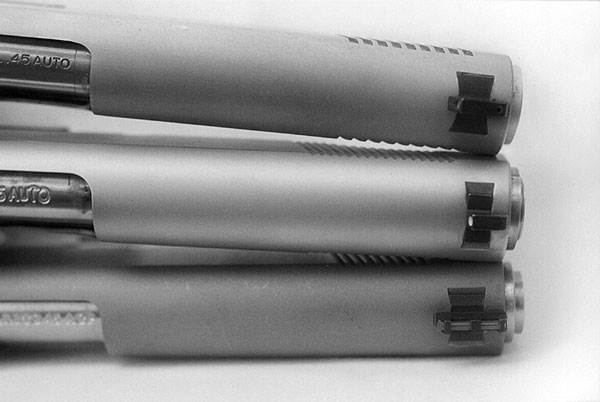
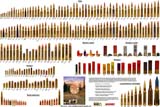
![Best Concealed Carry Guns In 2025 [Field Tested] Wilson Combat EDC X9S 1](https://gundigest.com/wp-content/uploads/Wilson-Combat-EDC-X9S-1-324x160.jpg)


![Best 9mm Carbine: Affordable PCCs [Tested] Ruger Carbine Shooting](https://gundigest.com/wp-content/uploads/Ruger-Carbine-Shooting-100x70.jpg)
![Best AR-15: Top Options Available Today [Field Tested] Harrington and Richardson PSA XM177E2 feature](https://gundigest.com/wp-content/uploads/Harrington-and-Richardson-PSA-XM177E2-feature-100x70.jpg)
